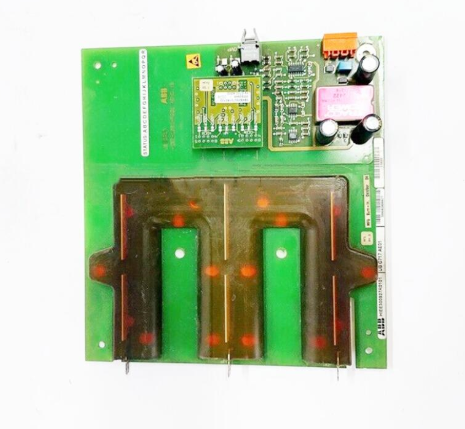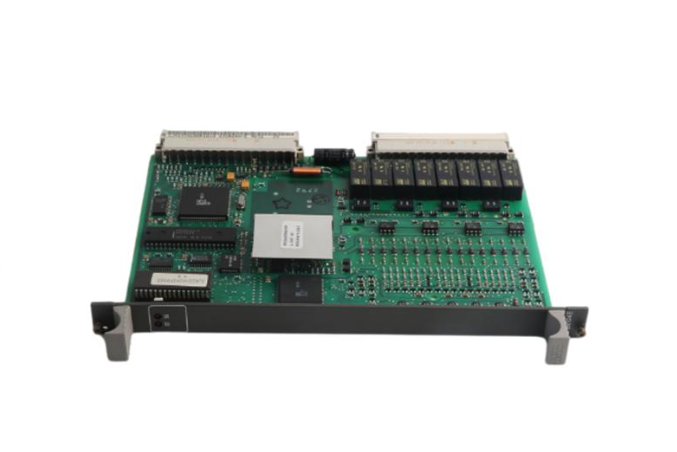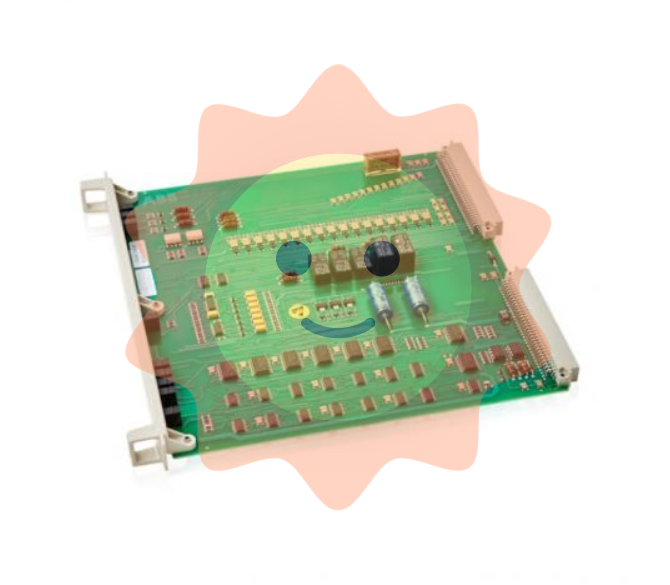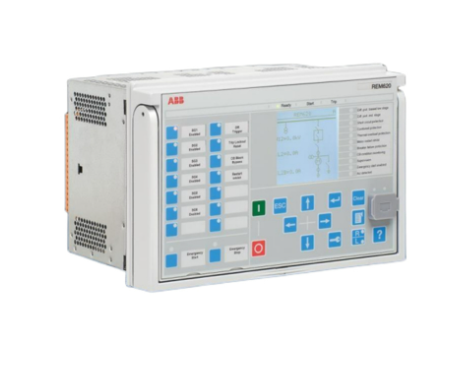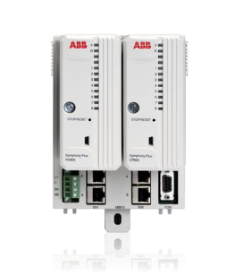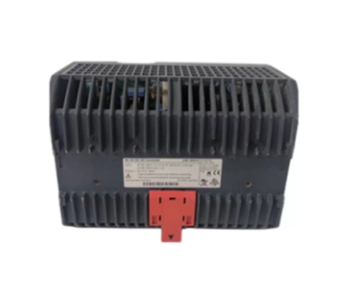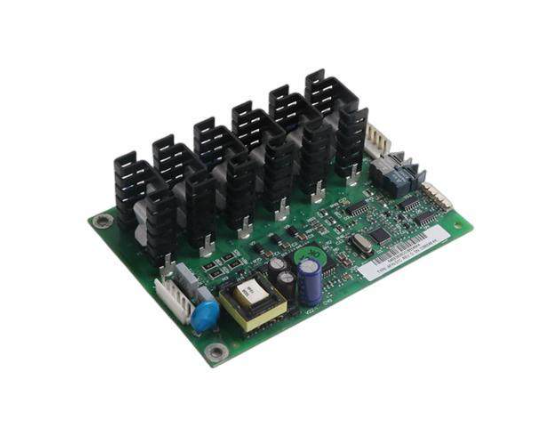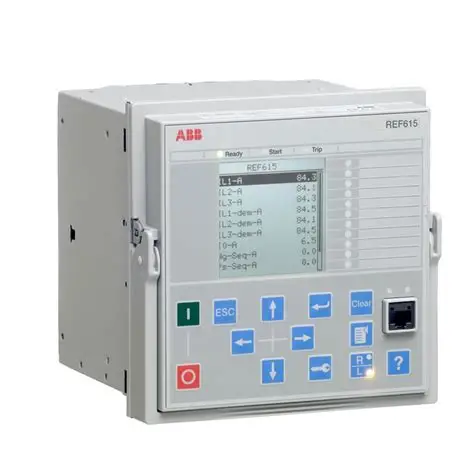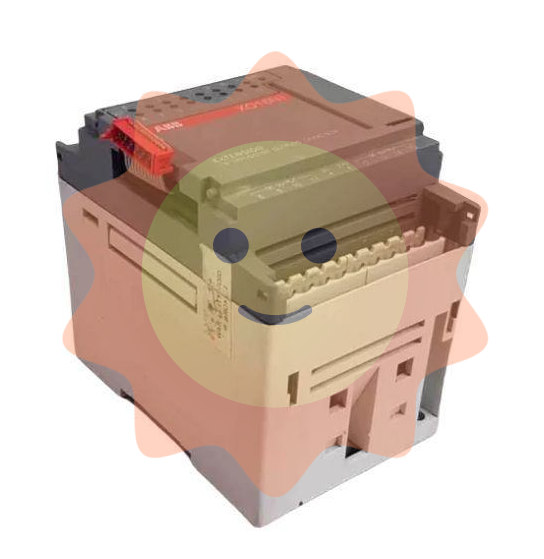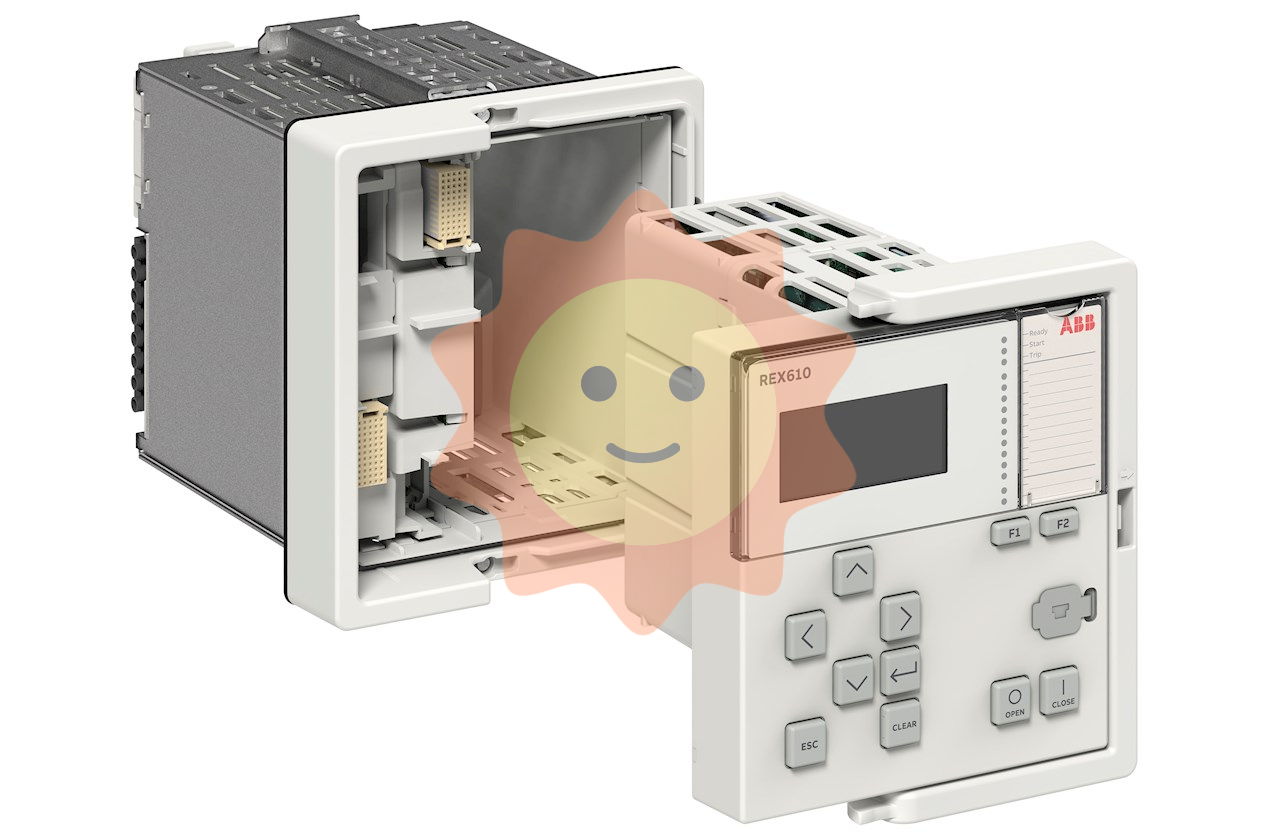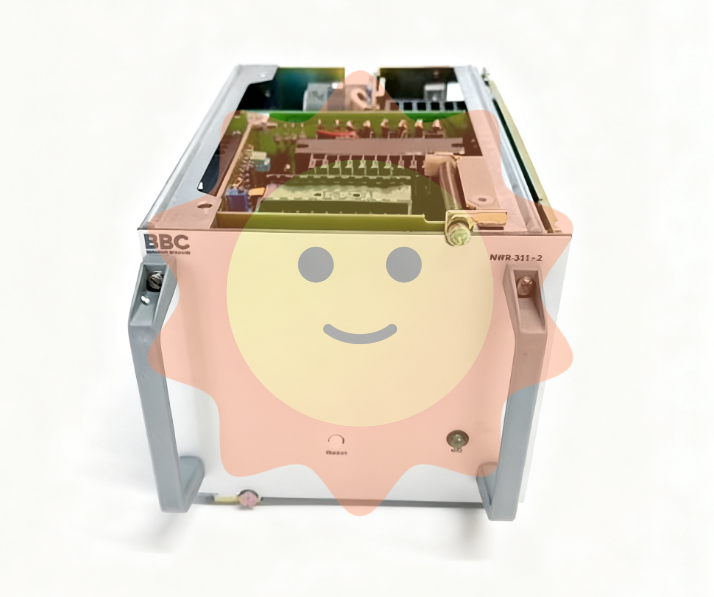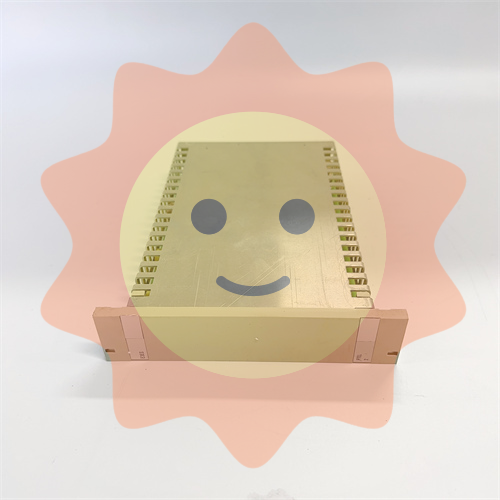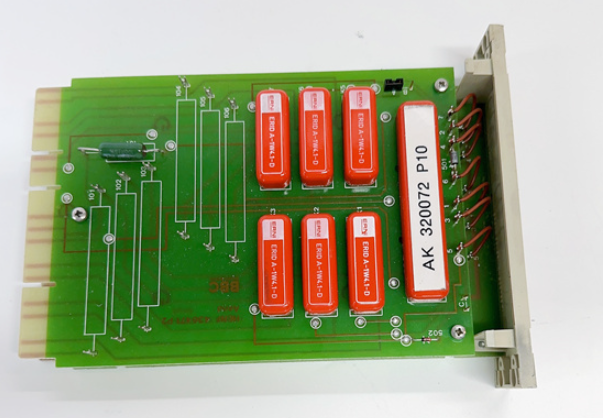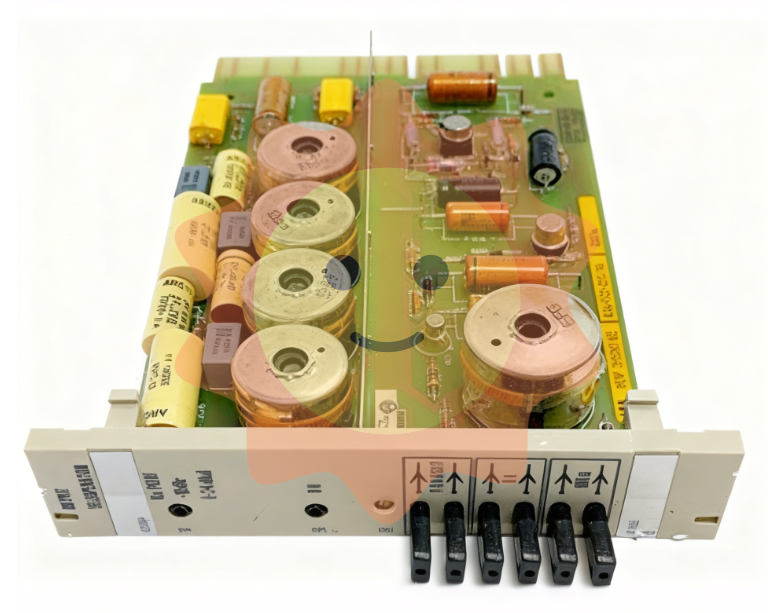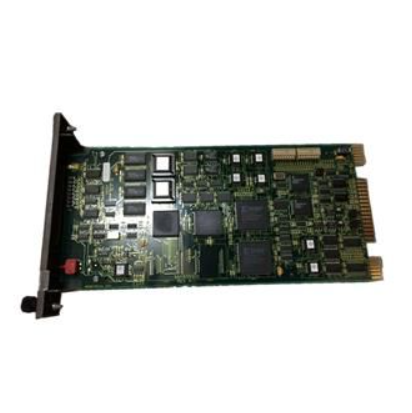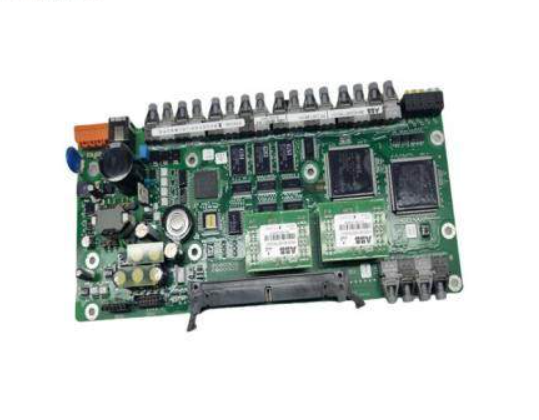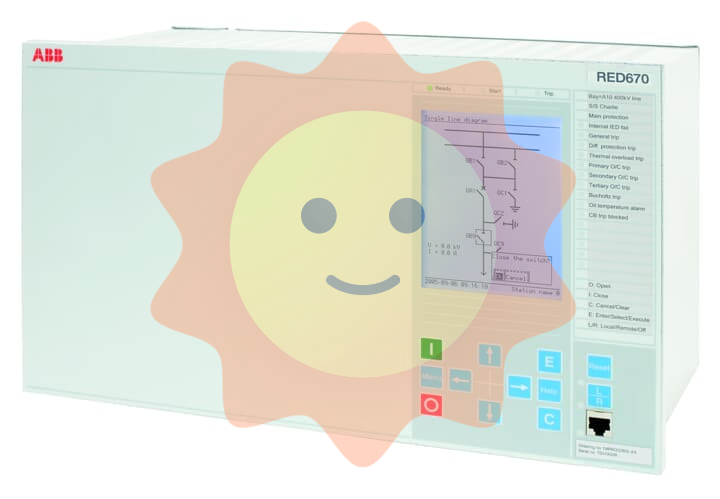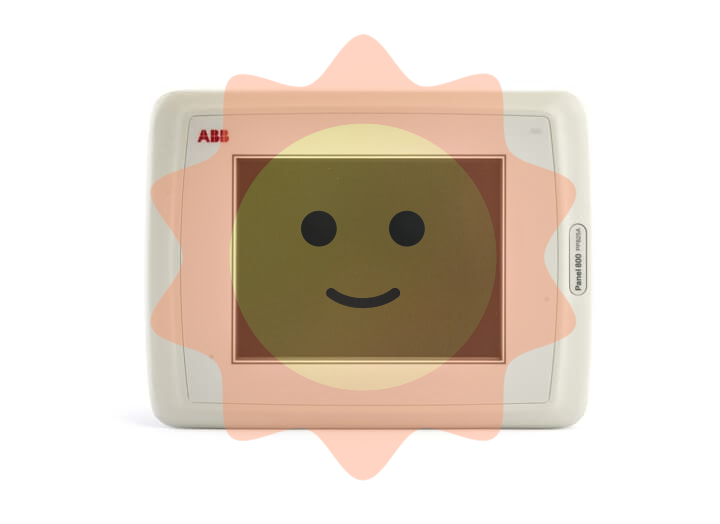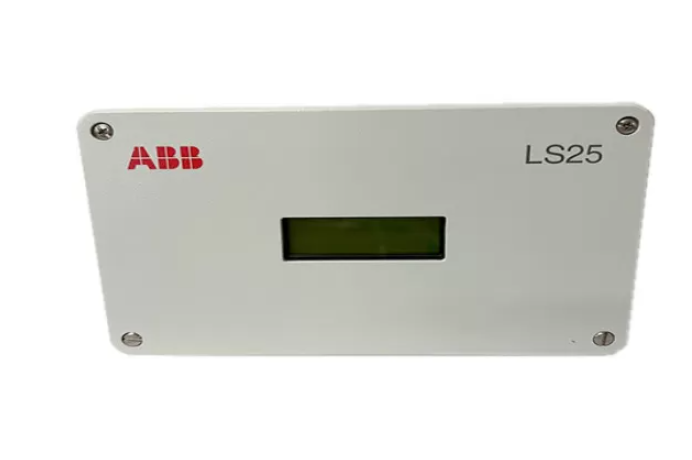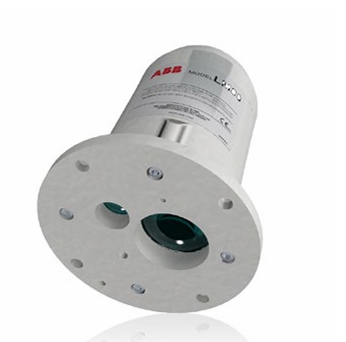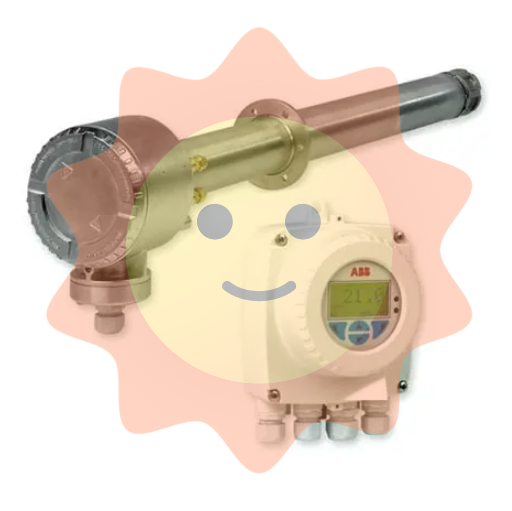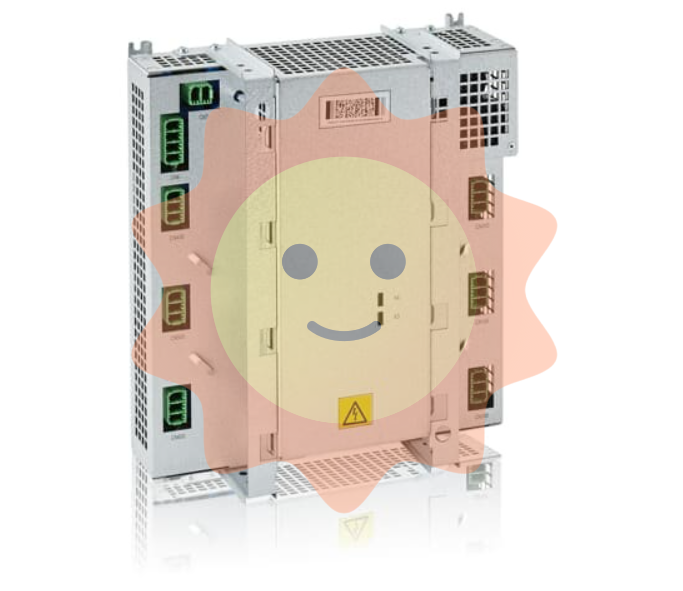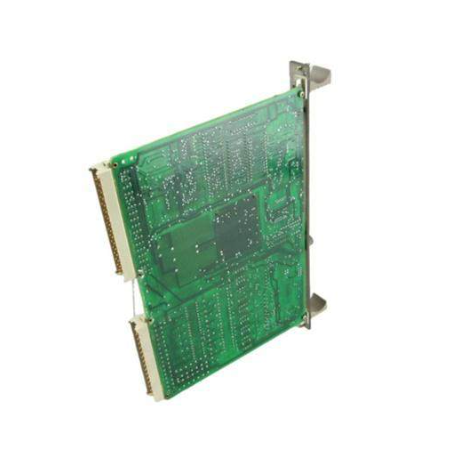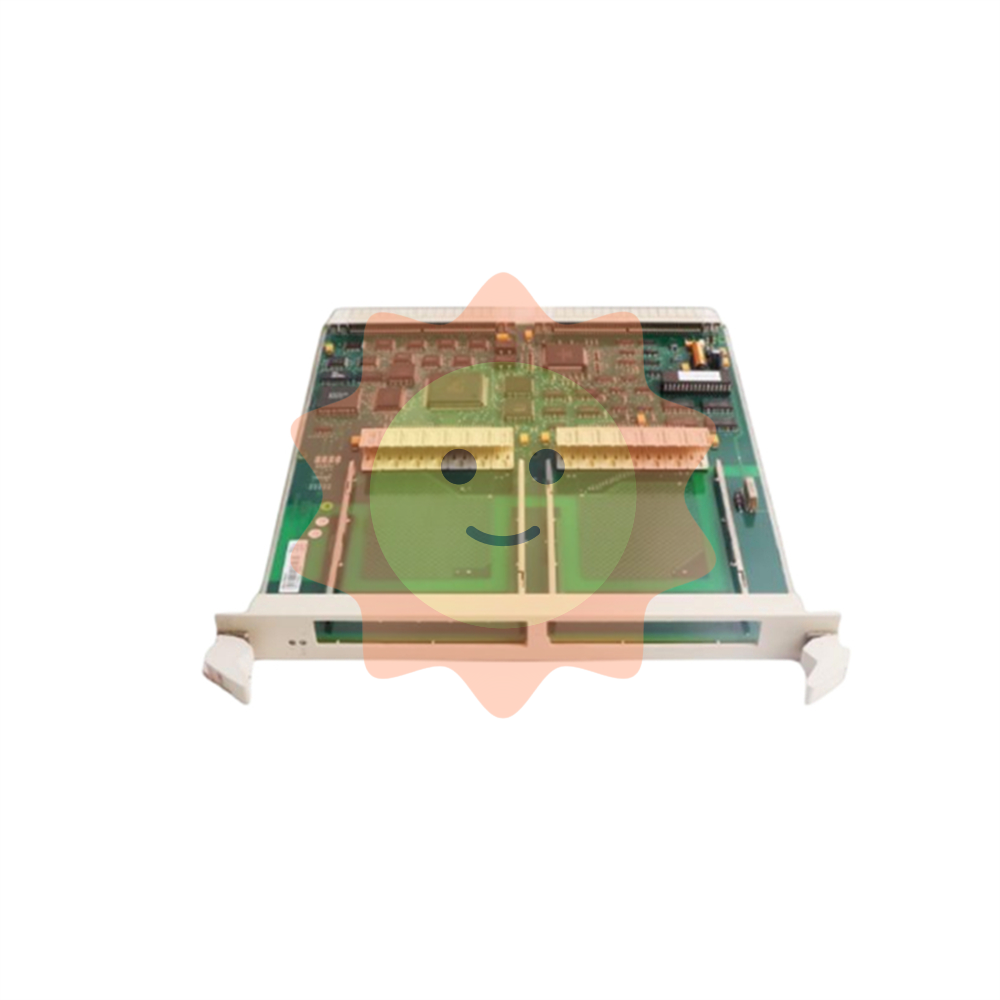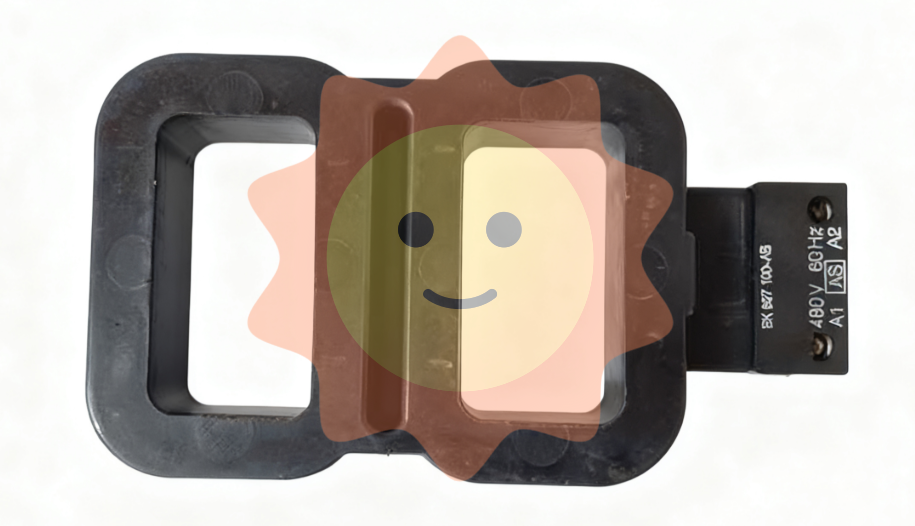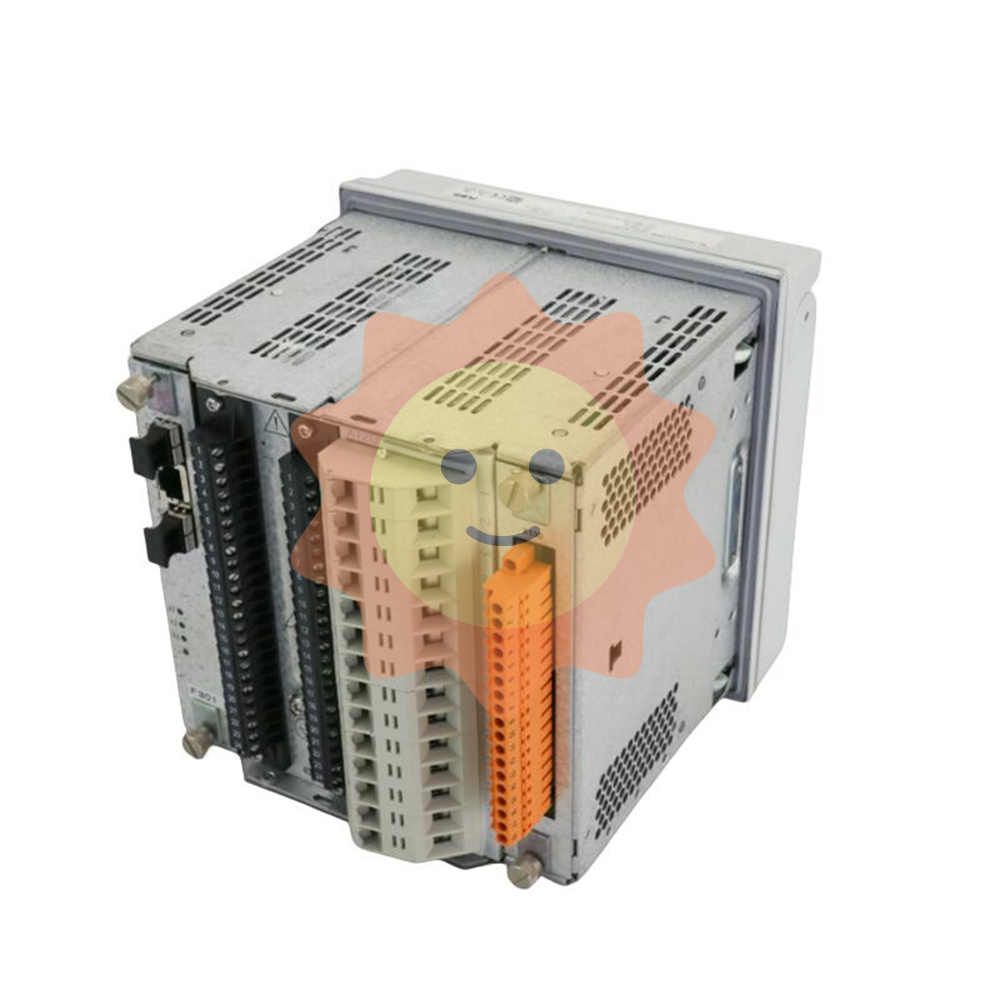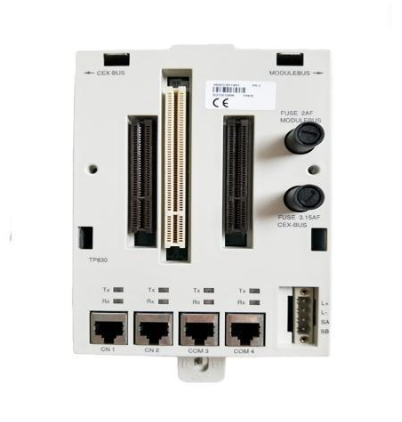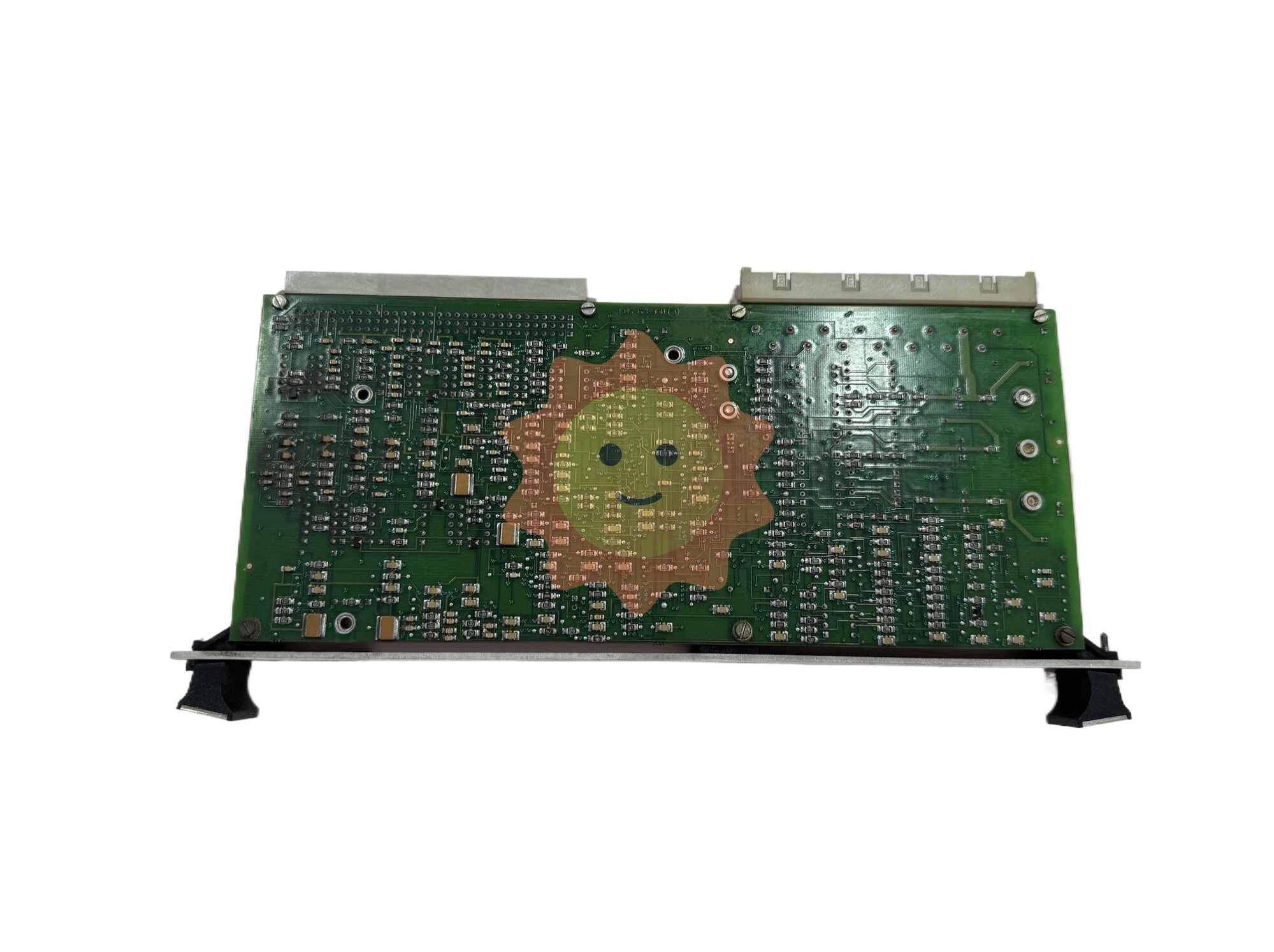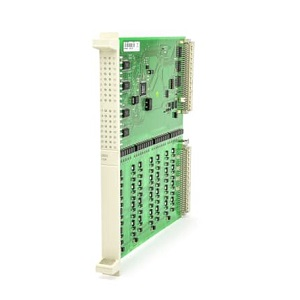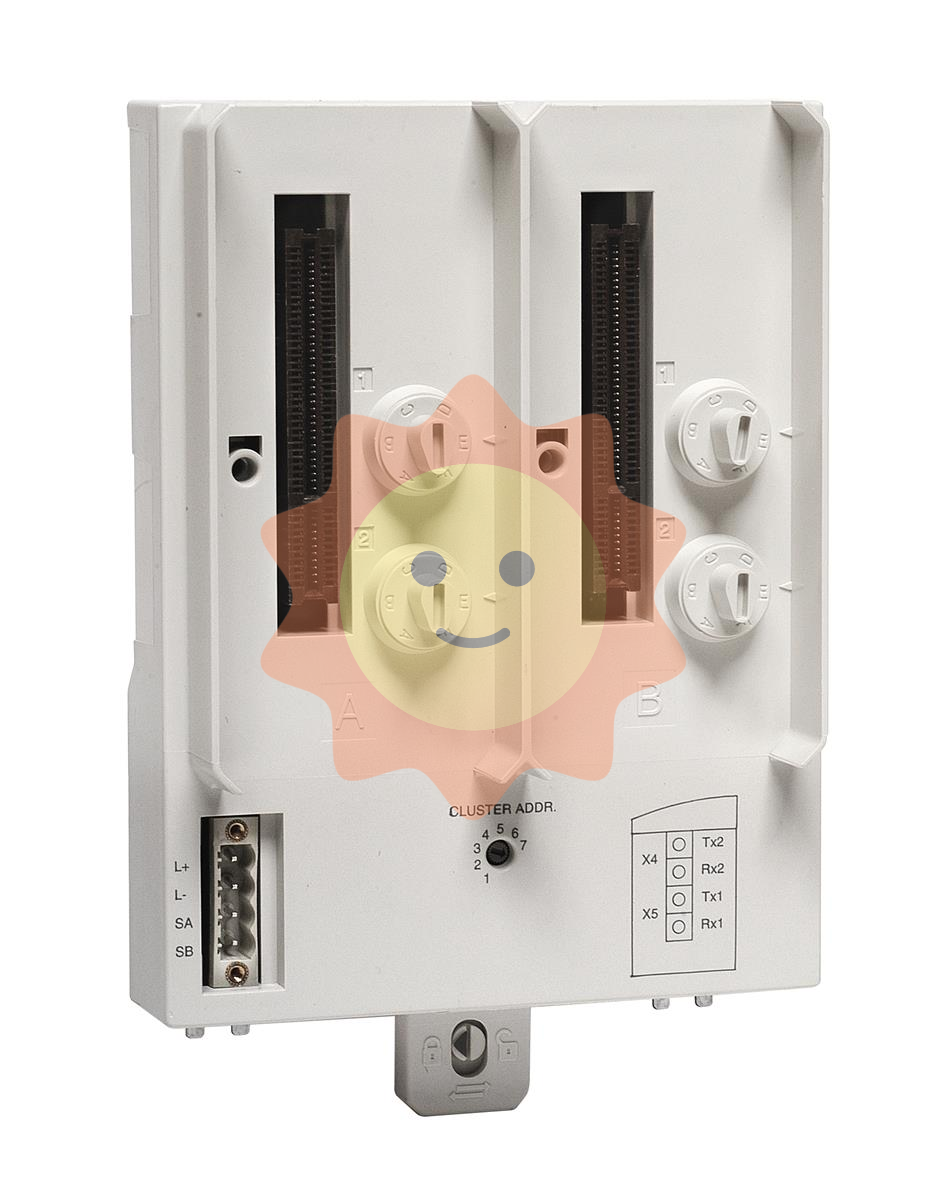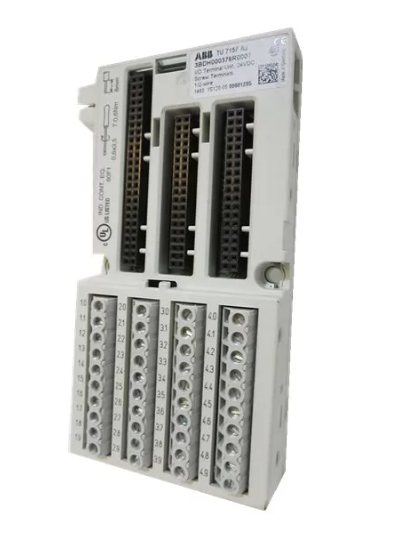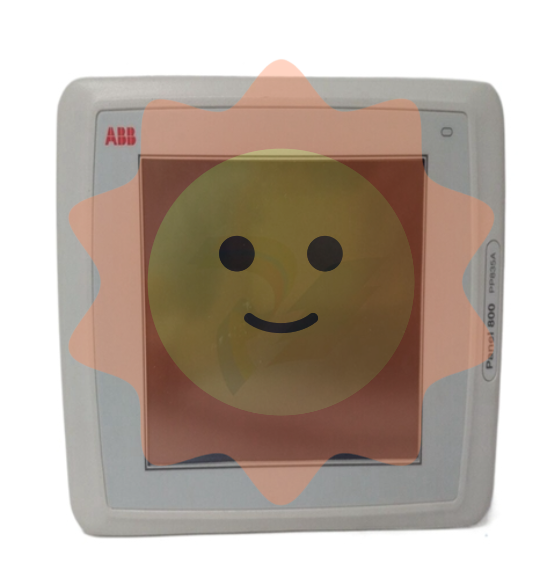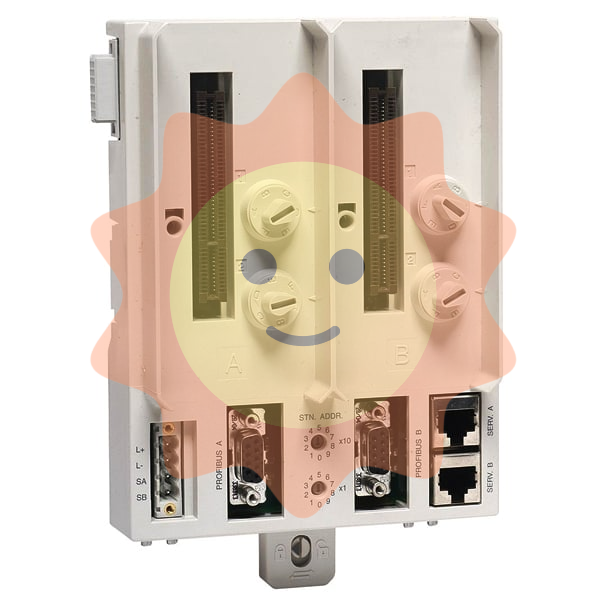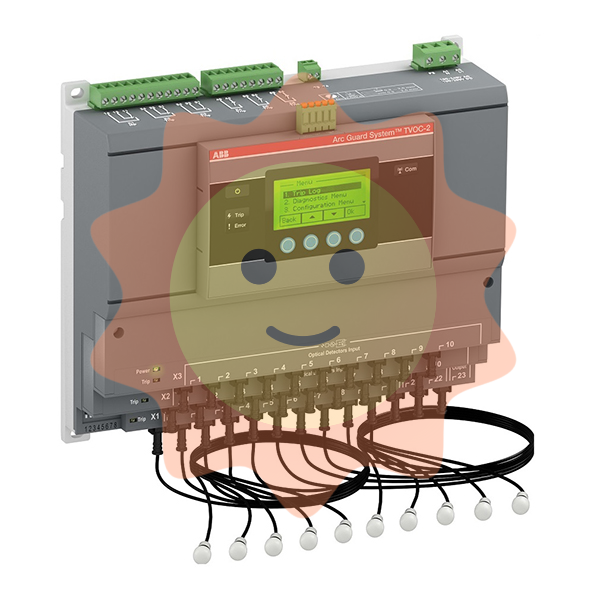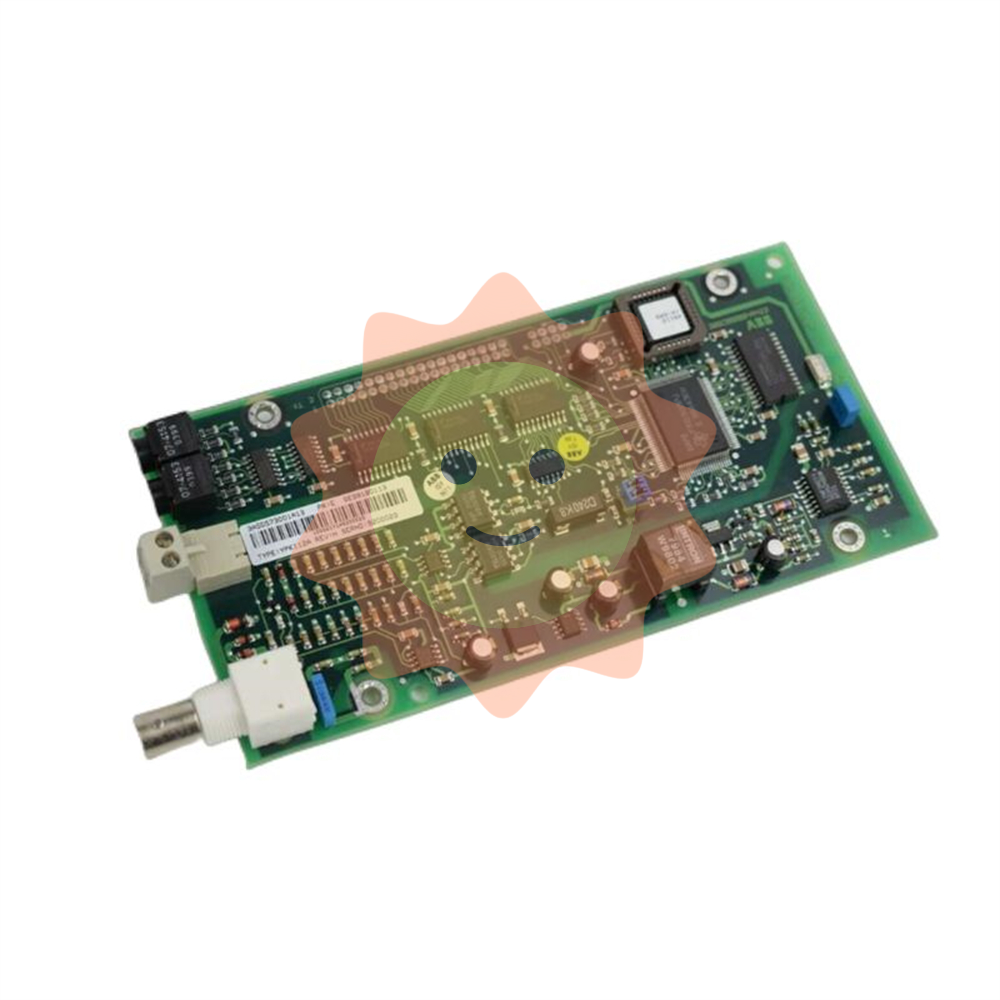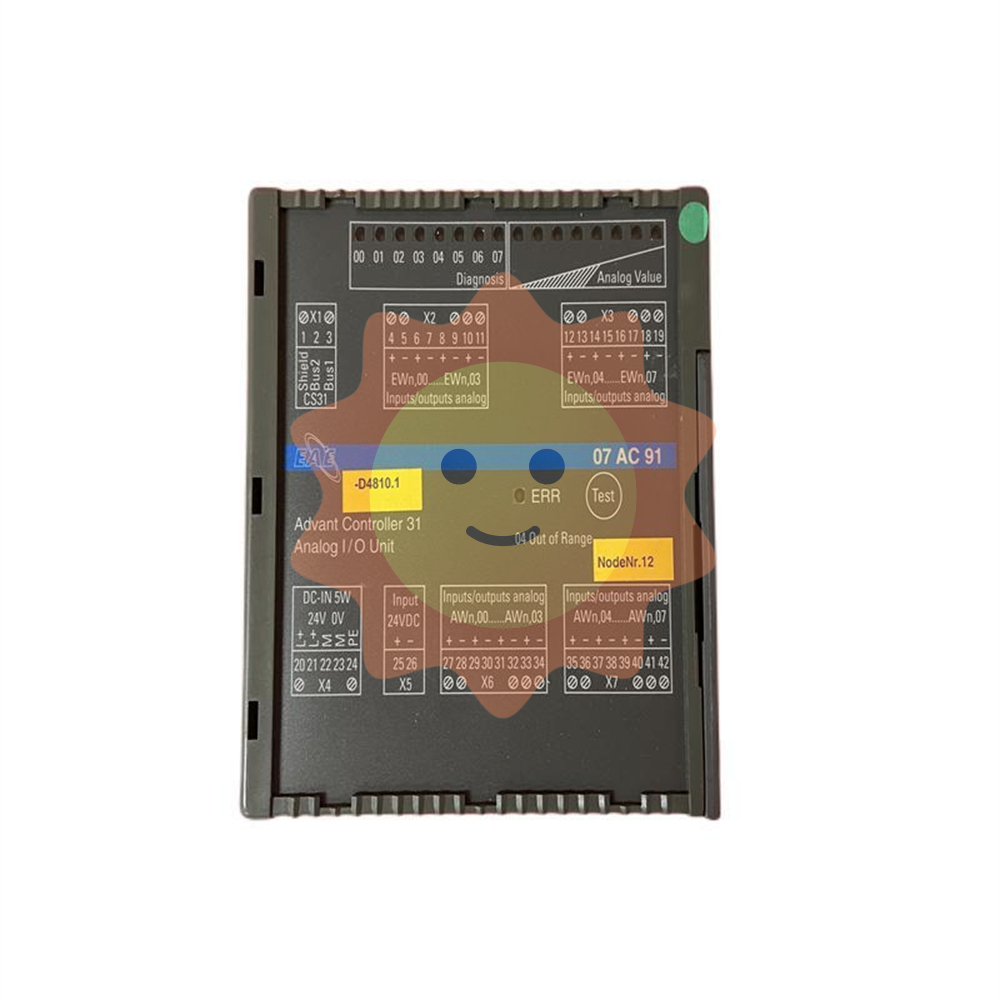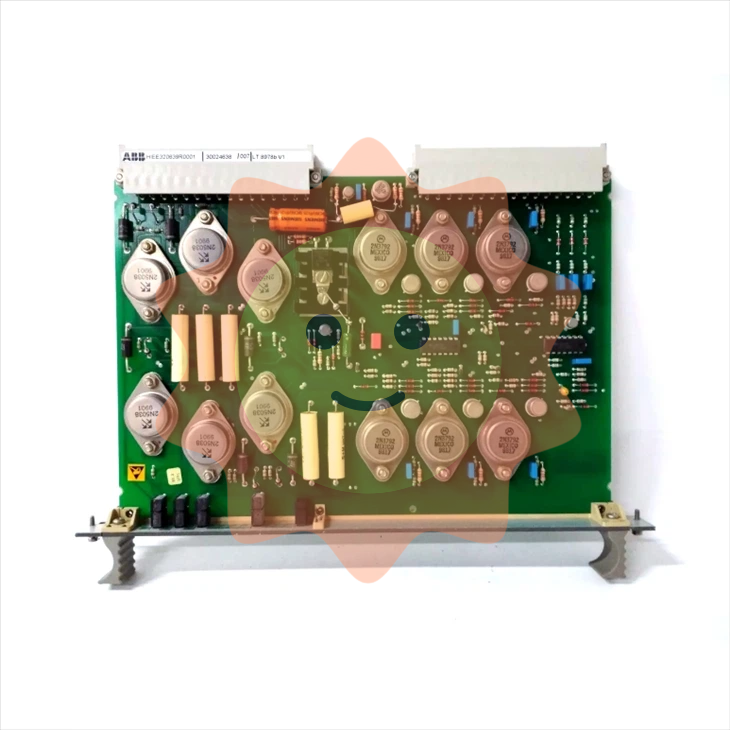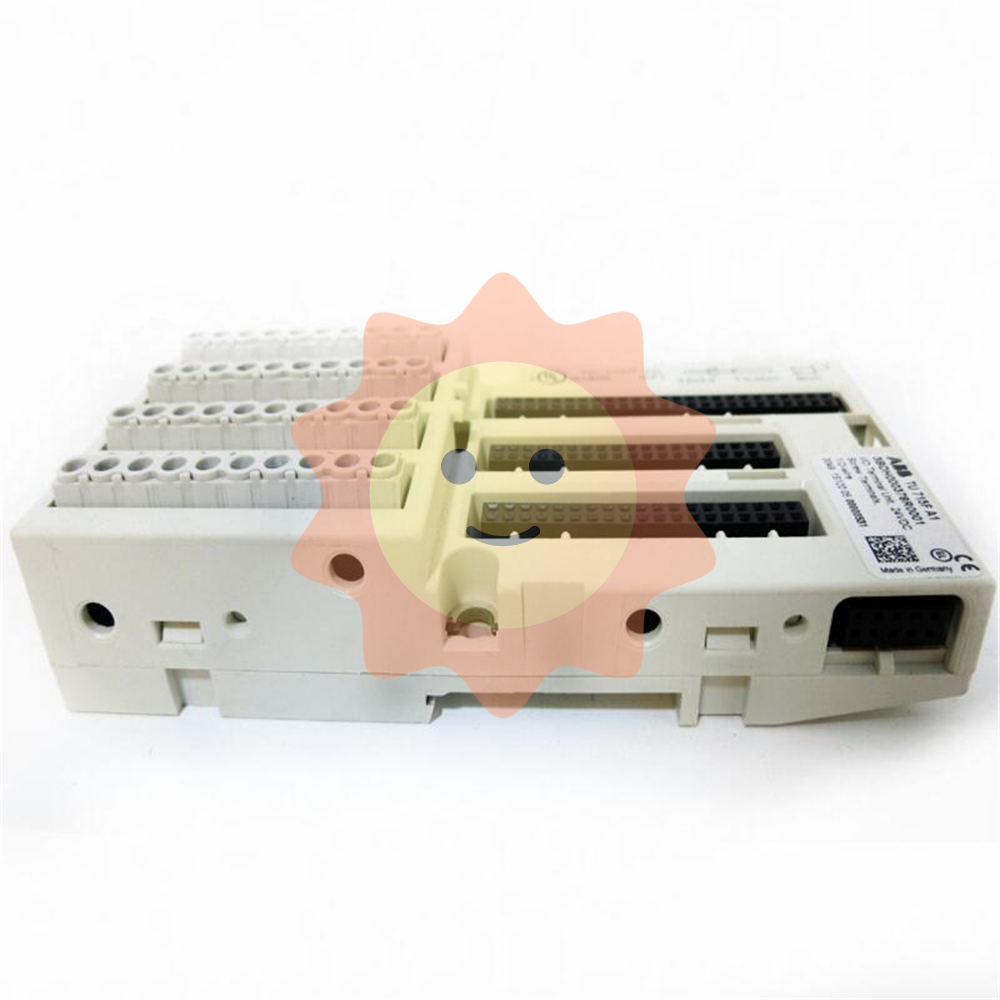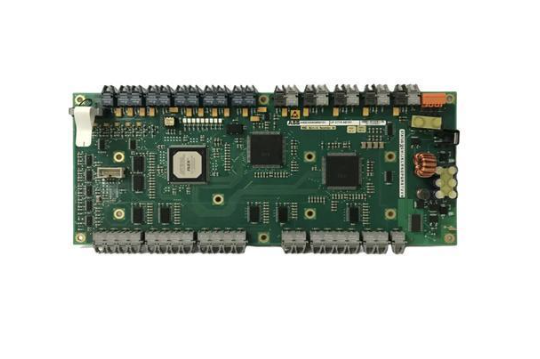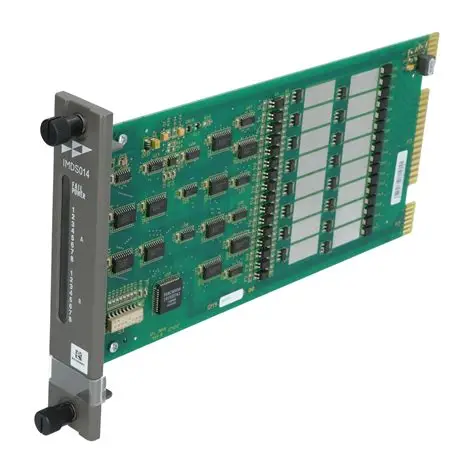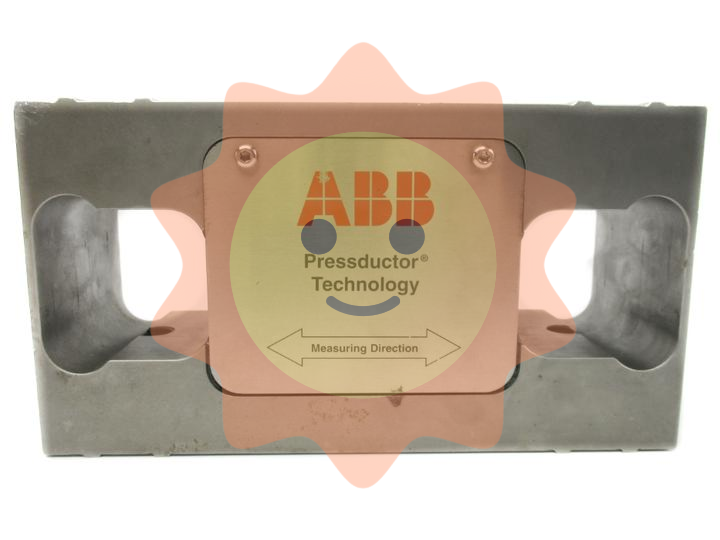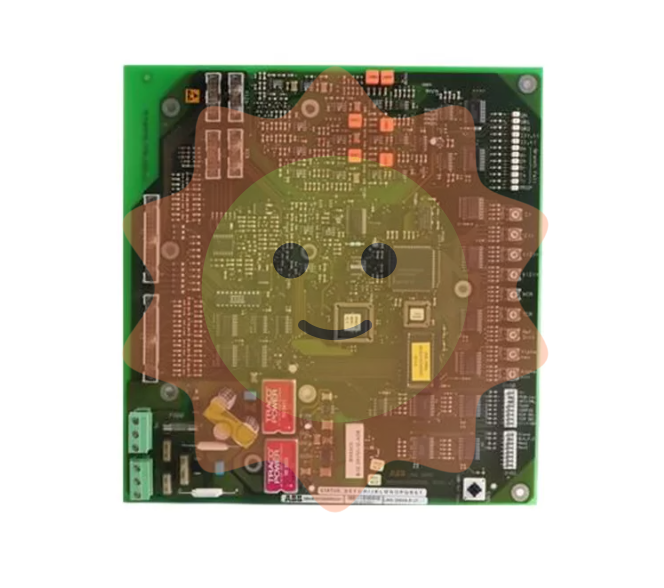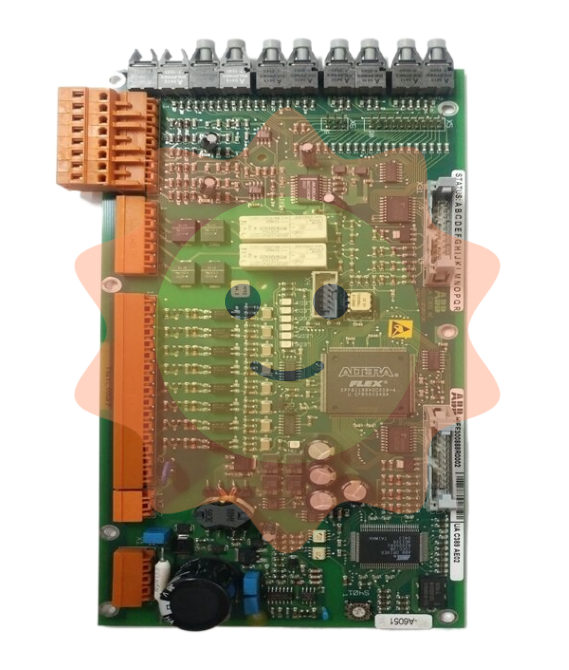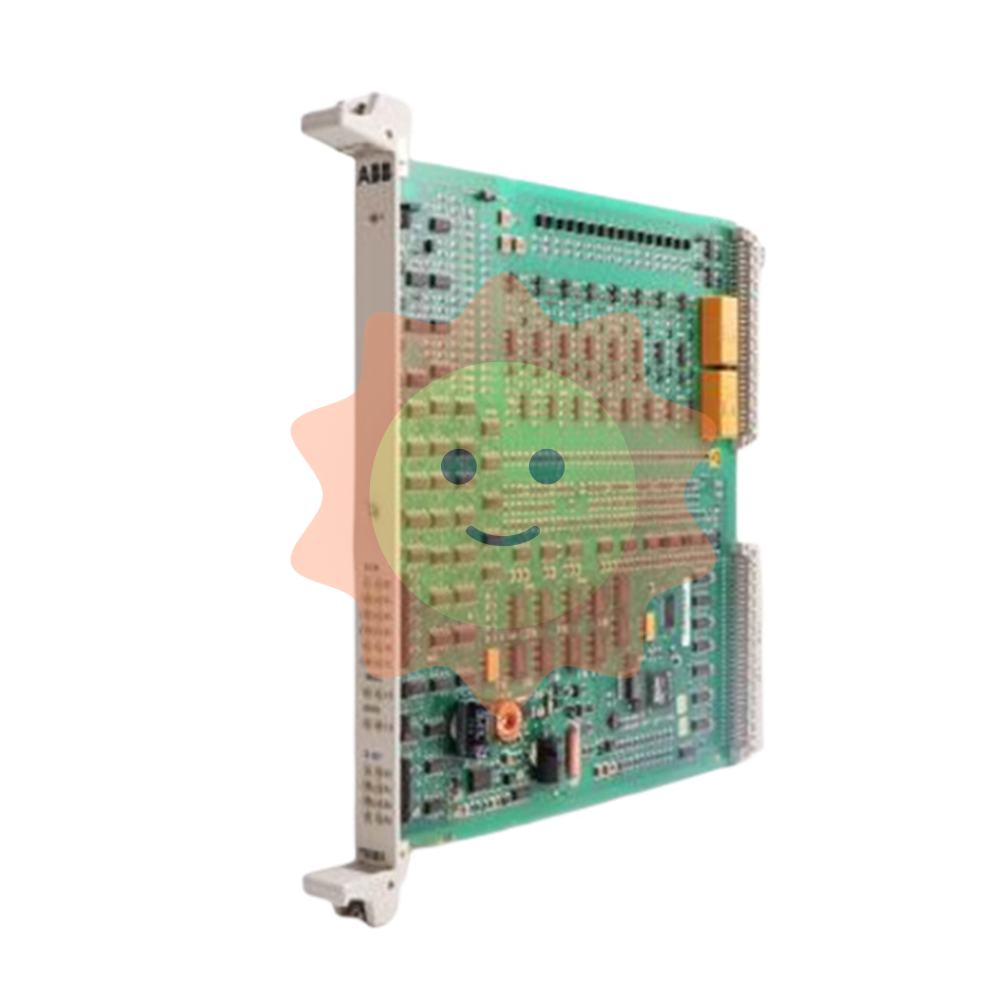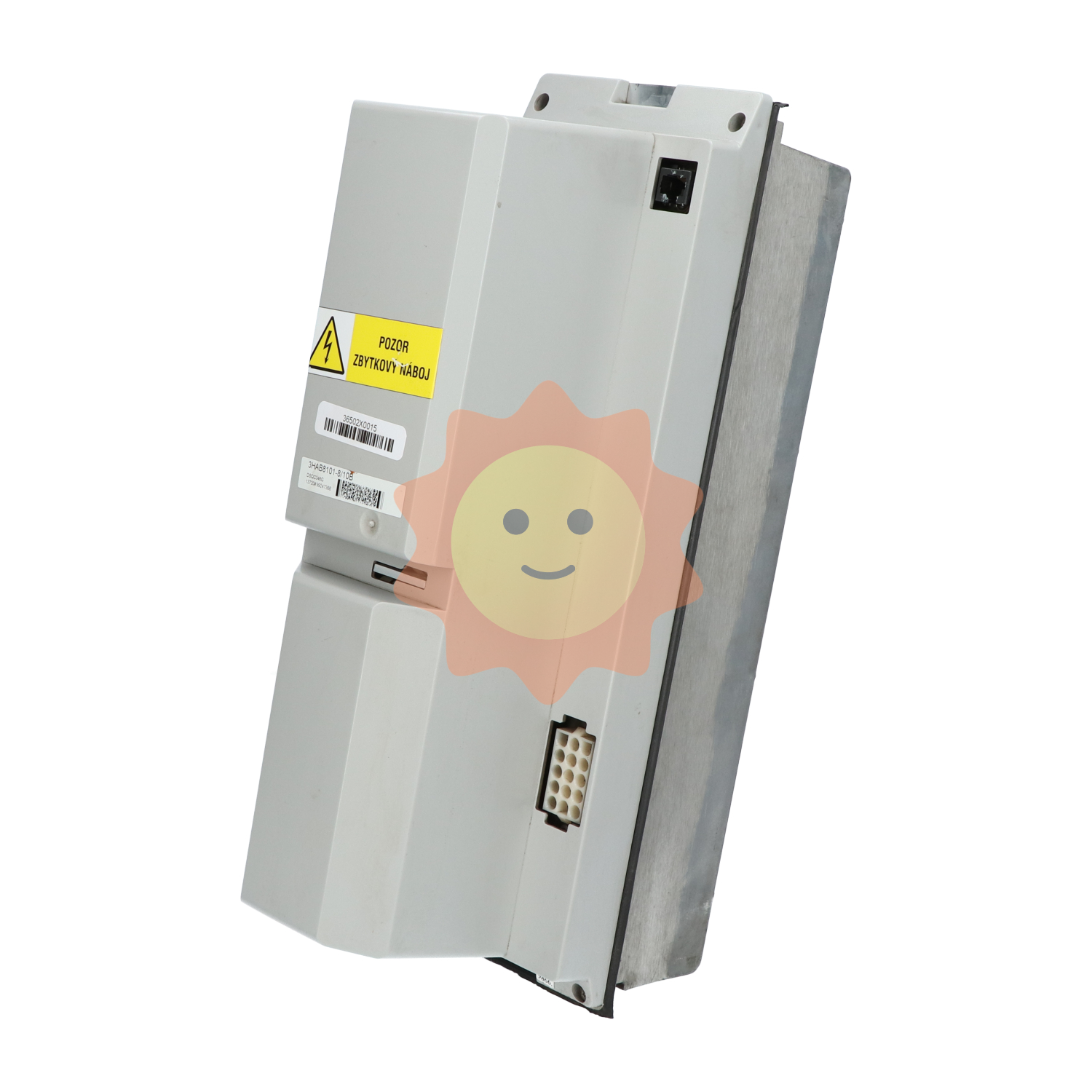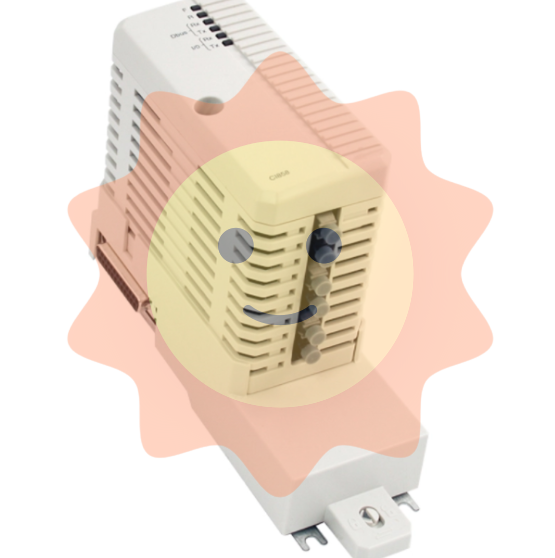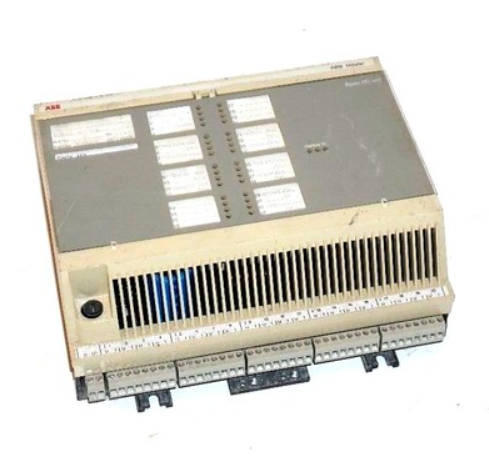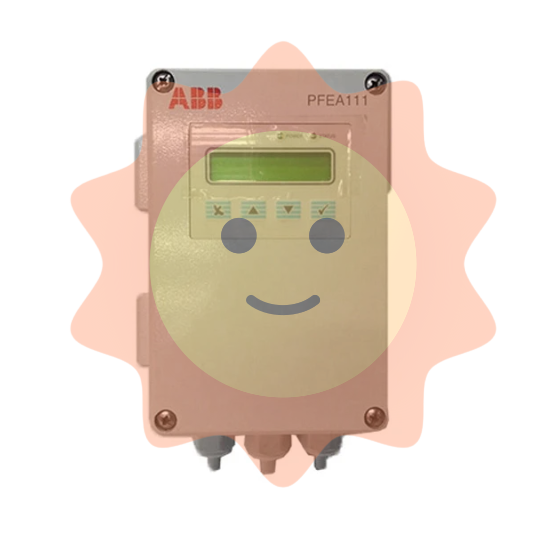Development status and trend of rubber and plastic sealing technology
Sealing is the key core basic technology to ensure the safety, reliability and longevity of mechanical equipment. The sealing industry is not large, but as the core parts of machines, pumps, pipes, valves, etc., it almost covers automotive, aerospace, navigation, petroleum, chemical, energy, metallurgy and other industrial fields, playing an important role in the entire industrial development process. Among them, rubber and plastic seal is a general term for rubber and plastic seals, because of its simple structure, compact size, resilience, self-lubrication, chemical corrosion resistance and other advantages, is the largest type of sealing elements in mechanical equipment.
In recent years, rubber and plastic sealing from the theoretical mechanism research, material preparation technology, forward design technology to product production technology and other aspects have made major breakthroughs, China's rubber and plastic sealing industry has also made great progress. Among them, the low-speed and low-pressure rubber seal market has been relatively mature, and can basically meet domestic demand; The situation that the key seals of high-end equipment such as aviation, aerospace and navigation heavy industries rely heavily on imports has also been improved. In general, the technical level of the domestic rubber sealing industry has reached a new level. However, with the development of new industrial technology, machinery and equipment increasingly high-quality, high performance, rubber and plastic sealing conditions are also increasingly harsh, coupled with global environmental awareness, sealing parts gas, liquid and other emission standards are increasing and other factors, rubber and plastic sealing technology is also facing many new challenges.
New challenges give rise to new demand, rubber and plastic sealing industry is accelerating innovation and change, more and more enterprises to join the ranks of adjusting the industrial structure, increase research and development, production and testing experimental equipment investment, related sealing materials and structures continue to appear new breakthroughs and progress. It can be expected that with the acceleration of innovation and change of rubber and plastic sealing technology, the entire industry's personnel quality, technical equipment, raw and auxiliary materials, processing technology, production environment and management level will be further improved, the relevant standard system will be increasingly improved, and the original technology will be more and more. The domestic rubber and plastic sealing industry original industry overall small scale, fewer varieties and product lines, unstable quality, low standard level, weak technical strength and other problems will gradually be improved and solved. In short, the rubber and plastic sealing industry structure change is taking place, the industrial pattern is accelerating change, need to cause the domestic rubber and plastic sealing practitioners attach great importance.

First, the development status and trend of rubber sealing technology
In many rubber and plastic engineering materials, polyurethane, nitrile rubber, EPidiene diene rubber, fluorine rubber, silicone, polyformaldehyde, polyamide, polytetrafluoroethylene, polyether ether ketone and other have their own excellent characteristics, in the sealing industry, It can be used as dust ring, piston seal, piston rod seal, symmetrical seal, support ring/guide ring, rotary seal, mine seal and other special seals.
Rubber seal seems simple, but it is still a system engineering, good sealing design covers material development, structural design, manufacturing process and inspection and testing, sealing performance is determined by the entire system composed of these four parts, any link problems, will lead to seal failure, so the next will be a detailed review of the status quo and trends of the four aspects.
1. Design and simulation of rubber and plastic seal structure
1.1 Design innovation
Due to the small scale of the domestic rubber and plastic sealing industry as a whole, the technical strength is weak, most of the sealing manufacturers use reverse design methods to test the imitation and manufacture foreign mature sealing products, to meet customer needs. In recent years, with the implementation of industrial engineering policies, as well as high-end equipment for domestic seals supporting the increasing demand, China's sealing industry has been rapid development, reverse design has been unable to meet the requirements of high-performance, high-quality sealing development, forward design has gradually become the main design means to meet the needs of host equipment. The sealing and lubrication research team of the Department of Mechanics of Tsinghua University, Zhejiang University of Technology, Hefei University of Technology, Zhejiang University, etc., have carried out relevant research on a variety of rubber seal forward design methods, and achieved good application results.
With the development of new technologies, the industrial field has gradually begun to introduce intelligent design methods: it refers to the use of computers to simulate the thinking activities of designers, and simulate or reproduce the creative design process of designers on the computer. For the sealing industry, intelligent design is the result of further development of forward design. At present, computer-aided design has been widely used, but it mainly stays on the simulation of the design results, and can not replace the creativity of designers, and there is still a long distance from the real intelligent design. However, as the future development trend, intelligent design is still a hot spot of research.
1.2 Sealing mechanism
The sealing mechanism is the basis of explaining how to prevent leakage and failure analysis, and it is also the basis of theoretical and numerical simulation research. On a macro level, sealing can be achieved when the contact stress of the rubber seal interface is greater than the medium pressure, and the greater the contact stress, the better the sealing effect. However, on the one hand, due to the influence of surface roughness, there will be microscopic leakage channels between the interfaces, and there will still be running, bubing, dripping and leaking phenomena. On the other hand, large contact stress will lead to the deterioration of friction and wear performance of the dynamic seal interface and accelerate seal failure. Therefore, a good seal needs to solve the contradiction between preventing leakage and reducing friction. Taking the oil seal as an example, in the process of use, it has been proven that there is a lubricating film between the contact interface, which greatly reduces the friction, and the oil seal can achieve zero leakage. Explanations for this phenomenon have been studied by scholars since the 1950s, typically including: The sealing mechanism based on the surface tension theory proposed by JAGGER in 1957, and the reverse pumping mechanism based on the tangential deformation of the rough peak on the sealing lip surface proposed by Chinese scholar Chandsen and German scholars KAMMULLER and MULLER in the 1980s. The surface tension mechanism has been shown to have limitations, while the reverse pumping mechanism is generally accepted, and the vast majority of theoretical research has been carried out on this basis. After long-term experimental research, the author of this paper has found that the reverse pumping mechanism also has great limitations, one is that its application scope depends on the radial force range of the sealing ring, and the other is that the high-speed PTFE-based oil seal does not fully conform to the scope of the mechanism. Therefore, the research on the mechanism of rubber and plastic sealing still needs continuous exploration by scholars at home and abroad.

1.3 Numerical simulation method values
Simulation method is a digital design method that relies on the development of computer technology, combines the finite element concept, and can more truly describe the physical nature of complex systems and develop. It is an effective means to study the sealing performance, and can be used to predict the sealing performance in the design stage, and optimize the parameters of the sealing structure, etc., to reduce the trial and error cycle based on experiment and experience.
The foundation of the design simulation is the establishment of the sealing performance quantitative evaluation system. The leakage is the most important index to evaluate the sealing quality, so the leakage model is always the research focus of the sealing structure simulation. Many scholars have carried out related research :GABELLI and POLL established the first numerical simulation model, using JFO boundary conditions to consider the effect of cavitation; Guo Fei et al. established the mixed lubrication model of rotary shaft lip seal; Wu Changgui et al. conducted simulation analysis of reciprocating seals based on ABAQUS to obtain more accurate contact width and lip contact pressure distribution; Huang Le, Huang Xing et al. carried out numerical simulation application research in the structural design and optimization of rubber and plastic seal products, research on polyurethane wear law, numerical simulation platform and life evaluation method, etc. Wang Jun, Zhang Fuying et al. studied the effect of roughness and reciprocating speed on dynamic reciprocating seal performance such as friction, leakage and oil film thickness based on the mixed lubrication model.
At present, the leakage models established by scholars are mainly divided into two types: molecular flow model and viscous flow model. The two models are well verified under the given working conditions. However, under the actual conditions of sealing, the constant change of the external environment will cause the mutual transformation of the molecular flow state and the viscous flow state, and any single model cannot accurately calculate the leakage amount of the actual sealing system. So far, no universally accepted theoretical model has been formed, so it is urgent to establish a unified leakage model that comprehensively considers the molecular flow and the viscous flow. Therefore, there are still some problems in the authenticity, accuracy and reliability of rubber seal simulation technology, which is mainly used as an auxiliary means to carry out experiments and design in engineering. The important research direction of rubber and plastic sealing in the future is to develop in the direction closer to the real working conditions, such as coupling more actual physical processes, considering the influencing factors of rubber and plastic sealing system under actual working conditions, and service performance changes under the whole life cycle of sealing.
2. Rubber and plastic sealing material
Compared with developed countries in Europe and the United States, China's polymer material synthesis industry is still in the rapid catch-up stage, the lack of rubber and plastic sealing special varieties, and the lack of stability of domestic materials, which affects the performance of rubber and plastic sealing. The main raw materials of domestic high-end rubber and plastic seals are currently basically dependent on imports, and the research and development work of related materials is also mainly focused on the coordination and modification of imported materials.
With the relentless pursuit of higher quality of life, science and technology have been developing rapidly. As for mechanical engineering technology, it is developing in the direction of green and intelligent. In order to meet the requirements of green manufacturing, energy saving and environmental protection, and long life, high reliability and micro/zero leakage of mechanical equipment under extreme environment/harsh working conditions, the performance requirements of polymer sealing materials are also getting higher and higher, which will face more difficult challenges for China's polymer materials industry, which is already in a backward stage. However, in any case, understanding the development trend and requirements of relevant materials is conducive to promoting the development of relevant industries in our country, mainly including the following aspects:

(1) High and low temperature range
On the lunar surface, the night is as low as -160 ~ -180 ° C, the day is as high as 130 ~ 160 ° C, and the temperature difference is as high as 340 ° C, which puts forward high requirements for the high and low temperature resistance of the polymer sealing material and the adaptation to the ultra-wide temperature range.
(2) High speed and high pressure
The hydraulic system has developed to 80000 r/min, 105 MPa grade, and the deep well pressure can reach 140 MPa, which requires the polymer sealing material to have excellent pressure resistance, extrusion resistance, low friction and wear performance and compressive permanent deformation resistance.
(3) Complex medium environment
The wide application of new fuel oil, new lubricating oil and various additives that have a strong corrosive effect on polymer materials in automotive engines and hydraulic systems, as well as complex medium environments such as deep well drilling, metallurgy, chemical and petroleum multi-medium hydraulic and pneumatic components, all put forward higher requirements for the dielectric resistance characteristics of polymer sealing materials. CHANG et al. used different fillers to fill and modify nitrile butadiene rubber to obtain a series of sealing composite materials with better coolant resistance. Xu Yuduo et al. modified nitrile butadiene rubber by blending to improve the ozone resistance and gasoline resistance of seals. Taking the oil seal as an example, the actual working medium environment is complex, in addition to the modification of the matrix material, in order to improve the sealing and maintaining ability of the oil seal, on the basis of the all-rubber material oil seal, and the development of metal skeleton oil seal, cloth oil seal and other rubber seals, while installing the spring can improve the sealing force, when the friction pair end face wear compensation effect, reduce the leakage rate.
(4) High vacuum
The vacuum degree of space equipment has reached 1.33×10-7 Pa, and the deep space can even reach 10-10 Pa order of magnitude. High vacuum requires that polymer sealing materials not only have good compression resistance to permanent deformation, but also have excellent air permeability resistance, gas expansion resistance and small vacuum loss characteristics, so as to avoid sudden blasting failure under special or sudden circumstances.
(5) High cleanliness
In the fields of nuclear energy applications, semiconductor processing and chemical and pharmaceutical industries, the degradation and aging of polymer sealing materials, volatilization or extraction of additives, etc., may cause incalculable losses, which has strict requirements for the selection of matrix materials, vulcanization and coordination systems.
(6) Constant low friction and wear characteristics
With the rapid development of hydraulic transmission and control technology, the requirements for control and positioning accuracy are getting higher and higher, so the sealing system is required to have a low and constant friction factor, which requires smooth operation at low pressure and low speed, and a long service life at very short stroke and high frequency. QI, WANG, Mi Xiang et al. studied the effect of polytetrafluoroethylene (PTFE) material combined with anti-friction agent on the friction and wear properties of seals. Common antifriction agents are PTFE, polyimide and other polymer powder, and molybdenum disulfide, graphite and other inorganic fillers. In addition to the addition of anti-friction agents, surface treatment processes such as surface irradiation, fluoridation, spraying, etc., can reduce the friction factor of the material and maintain good wear resistance.
3. Rubber and plastic seal inspection
At present, rubber and plastic sealing products are developing in the direction of "high-end, extreme, high requirements and long life", in order to ensure the quality of rubber and plastic sealing products, more perfect inspection and testing are needed.

Rubber and plastic seal inspection and testing technology includes sealing material performance testing, product appearance size analysis and testing, sealing performance analysis and testing. Material performance testing is an important means to judge the quality of sealing material formula, the use of modern analytical instruments through the test of material composition, physical and chemical properties, mechanical properties, scientific and reasonable comprehensive evaluation of sealing materials. However, material properties cannot directly determine sealing performance, so product level performance testing must also be carried out. Product appearance size analysis test is the simplest means of preliminary screening of seals, which is divided into the appearance analysis of the working face and non-working face, and the measurement of macro size by contact or non-contact method based on national standards or industry standards. Seal performance analysis test, including product functional test, simulated life test, field installation test, etc., mainly used for seal structure selection, design, production and sampling test of the manufacturer. The functional test includes the sealing ring holding force, opening force, compression stress relaxation, static torque and so on. For the life test of the seal ring, due to the difficulty, long time and high cost of the field test, the current common way is to simulate the life test, and observe, analyze and compare the quality and working life of the seal ring in a short time. The installation test is the final application assessment of the seals that leave the factory after passing all the above tests, which is generally completed by the seal user.
Domestic rubber and plastic seal testing technology also mainly stays in the material physical property testing and product size and appearance testing, sealing performance testing methods and means are single, most of them rely on installed and real machine verification; At the same time, the testing equipment also uses the late 20th century technology, the lack of automation equipment, the lack of process control ability. Foreign detection technology has developed rapidly, and Freudenbezy and other companies have adopted the third-generation new optical system developed by KMK, completely replacing manual detection and detecting the tiniest defects on the surface of seals. Some domestic sealing companies have also introduced gas sensitive detector based on the oil seal lip tension, which evaluates the sealing performance of the oil seal lip by detecting the change of air pressure, and has a high detection rate, which can detect 1200 to 1800 oil seals per hour.
The future rubber seal testing technology is mainly to develop in the direction of the full life cycle and more accurate data:
Multi-condition joint test: In the actual service process, rubber and plastic sealing products in the working medium, the grinding surface and the overall environment under the combined effect, but also by friction heat, mechanical vibration, eccentric tilt and other uncontrollable factors, the working environment is very complex, and corresponding to the extreme environment or harsh conditions of rubber and plastic sealing. The effect of this effect can be amplified, resulting in a significant difference between actual service performance and test results. Therefore, the joint test of rubber and plastic seal multi-working condition environment is the future development direction to ensure product performance, improve detection accuracy and reliability.
- EMERSON
- Honeywell
- CTI
- Rolls-Royce
- General Electric
- Woodward
- Yaskawa
- xYCOM
- Motorola
- Siemens
- Rockwell
- ABB
- B&R
- HIMA
- Construction site
- electricity
- Automobile market
- PLC
- DCS
- Motor drivers
- VSD
- Implications
- cement
- CO2
- CEM
- methane
- Artificial intelligence
- Titanic
- Solar energy
- Hydrogen fuel cell
- Hydrogen and fuel cells
- Hydrogen and oxygen fuel cells
- tyre
- Chemical fiber
- dynamo
- corpuscle
- Pulp and paper
- printing
- fossil
- FANUC
- Food and beverage
- Life science
- Sewage treatment
- Personal care
- electricity
- boats
- infrastructure
- Automobile industry
- metallurgy
- Nuclear power generation
- Geothermal power generation
- Water and wastewater
- Infrastructure construction
- Mine hazard
- steel
- papermaking
- Natural gas industry
- Infrastructure construction
- Power and energy
- Rubber and plastic
- Renewable energy
- pharmacy
- mining
- Plastic industry
- Schneider
- Kongsberg
- NI
- Wind energy
- International petroleum
- International new energy network
- gas
- WATLOW
- ProSoft
- SEW
- wind
- ADVANCED
- Reliance
- YOKOGAWA
- TRICONEX
- FOXBORO
- METSO
- MAN
- Advantest
- ADVANCED
- ALSTOM
- Control Wave
- AB
- AMAT
- STUDER
- KONGSBERG
- MOTOROLA
- DANAHER MOTION
- Bently
- Galil
- EATON
- MOLEX
- Triconex
- DEIF
- B&W
- ZYGO
- Aerotech
- DANFOSS
- KOLLMORGEN
- Beijer
- Endress+Hauser
- MOOG
- KB
- Moxa
- Rexroth


Email:wang@kongjiangauto.com

